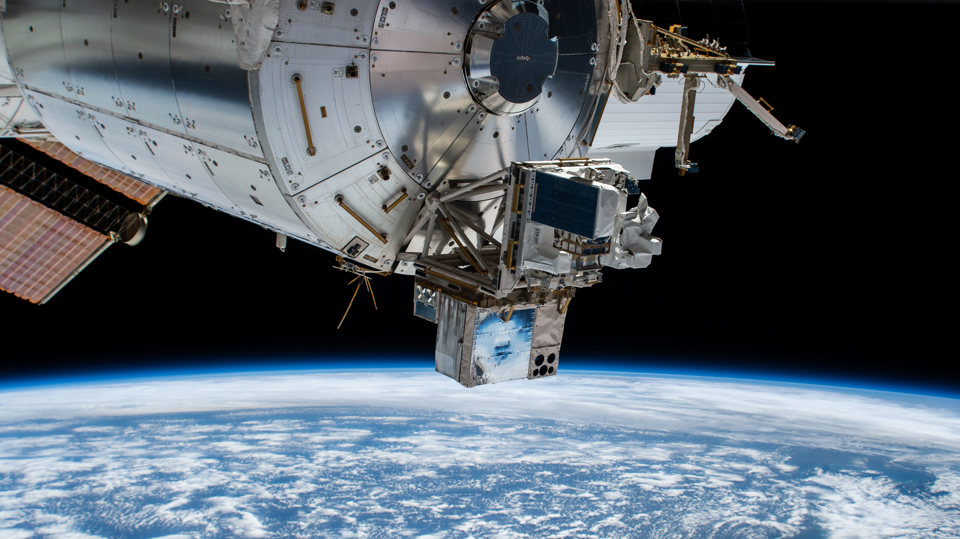2022-01-27
ASIM has been moved to a new place on the International Space Station
The Danish-led space instrument ASIM, has been so successful that it has now been given a new place on the International Space Station (ISS). The instrument has been shown to detect rare radiations that affect the chemistry of the atmosphere and influence the Earth's climate.

The ASIM mission, which stands for "The Atmosphere-Space Interactions Monitor", was originally scheduled to end in 2021 - partly because NASA needed the space for a new mission. But because ASIM has been such a success since its launch in 2018 - and made several unique discoveries - it has now been reassigned to a new spot at the ISS, where it will continue to be under the scientific leadership of DTU Space.
Terma is leading the technological management of ASIM and has for months been working on planning the move.
"Although the move itself only took just about three hours, it has taken the best part of a year to plan. ASIM was moved with a robotic arm - and although the new location is right next to the old one, ASIM is now looking more into the horizon instead of directly down to Earth. This has required preparation and analysis," says Dan Danji Virji Bhanderi, Senior System Engineer in Terma's Space division.
Friday January 21st the reactivation of the ASIM module started, after it has been completely shut down during the move.
"The activation went according to plan and ASIM is now ready to observe thunderstorms and energy discharges from a horizontal perspective, providing new insights and data," says Danji Virji Bhanderi.
ASIM can help us understand the Earth's climate
The ASIM mission is organized by the European Space Agency (ESA) and its main aim has been to observe radiation from energy discharges from thunderstorms and lightning, which we can often also see from Earth. But the long-term plan of ASIM is to gain insight into the Earth's climate.
"High clouds and lightning activity affect the radiation balance of the atmosphere, and this is interesting to look at in order to better understand what affects our climate, and can thus help us reduce uncertainties in climate models," says Torsten Neubert, from DTU Space, who is the scientific leader of the ASIM mission and adds:
"The new location of ASIM means that we will now see thunderstorms and energy discharges more from the side, and we can therefore observe storms from two different angles. This will also give us new insights into how to interpret the data we already have".
ASIM detected rare outbursts from a magnetar
On 15 April 2020, ASIM detected a powerful burst of radiation coming from a special type of neutron star that has a particularly strong magnetic field - also known as magnetars. It's extremely rare for an outburst from a magnetar to be detected, so it's a big event when it happens. The discovery was published in the prestigious scientific journal “Nature” with several DTU scientists as co-authors.
ASIM was built by Danish company Terma, the Danish Technical University, the University of Bergen in Norway and the University of Valencia in Spain for the European Space Agency.

Who we are
Terma in Brief
The Denmark based high-tech Terma Group develops products and systems for defense and non-defense security applications; including command and control systems, radar systems, self-protection systems for aircraft, space technology, and aerostructures for the aircraft industry.
Learn more about us



